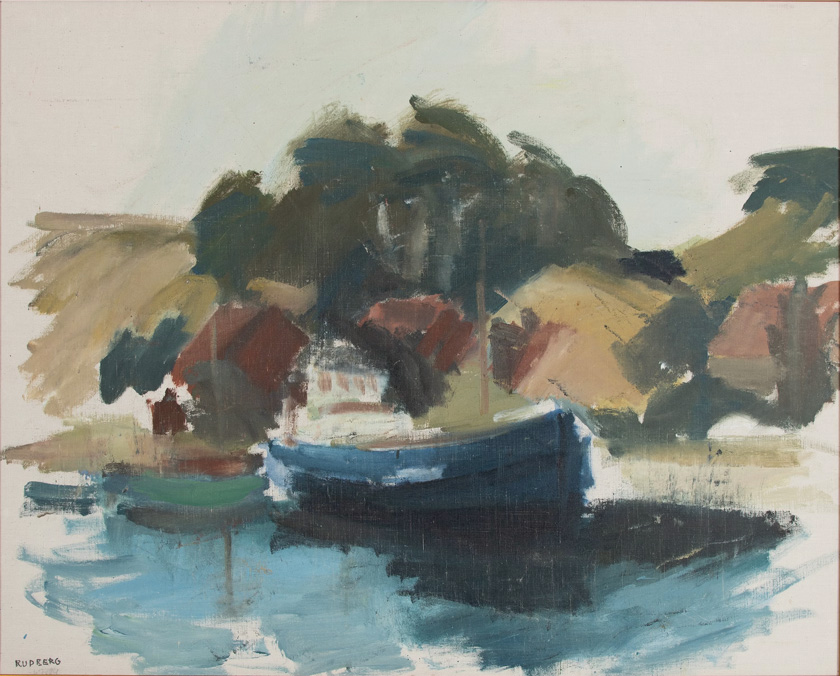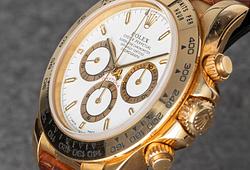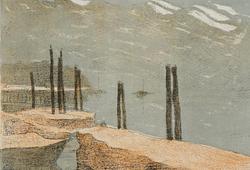Gustav Rudberg - Motiv från Hven
The artist Gustav Rudberg was born in Stockholm but primarily grew up on the island of Hven, where he lived and painted during the summer months. He received his education in the 1930s at the Royal Danish Academy of Fine Arts in Copenhagen under Kraesten Iversen, and later in Stockholm under Isaac Grünewald. In the 1940s, he spent periods in Spain. In 1949, Rudberg settled in Stockholm, although he often traveled. For example, in 1980, he participated in a scientific expedition in the polar sea north of Svalbard and Greenland, aboard the icebreaker Ymer; a journey he documented through diary paintings.
Rudberg gained recognition amongst the Swedish art audience with an exhibition at the Konstnärshuset (Artists' House) in Stockholm in 1959. He has participated in numerous solo and group exhibitions in Stockholm, Simrishamn, and, in 1979, at Prins Eugens Waldemarsudde. Rudberg has also exhibited internationally in New York, San Francisco, Hamburg, London, Moscow, Singapore, and Mexico City. His works can be found in the collections of the National Museum and the Moderna Museet in Stockholm, as well as the Malmö Museum, the Swedish Parliament, Skissernas Museum in Lund, and the museums in Helsingborg, Ystad, and Landskrona.
In his later years, Rudberg's vision deteriorated, which resulted in his later paintings and drawings being characterized by the sharpness of the moment and strong color contrasts, rather than the earlier bright and melancholy tones. His evocative and characteristic coastal motifs are unmistakable, with their simplified forms and summarized compositions using few suggestive colors.

































